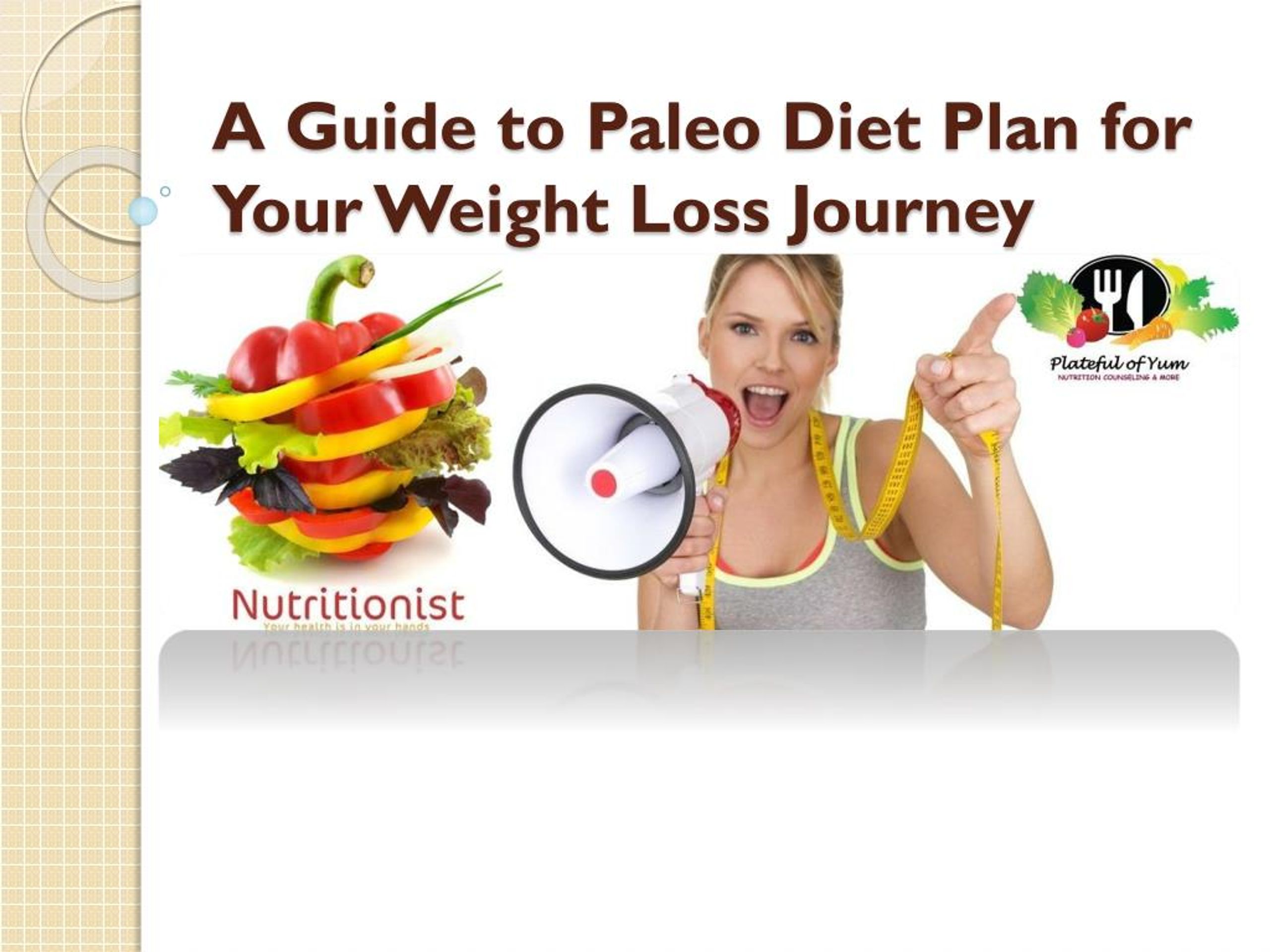
Unveiling the Secrets of Paleo Perfection: Essential Guidelines for Optimal Health
The Paleo diet, also known as the Paleolithic or Caveman diet, is gaining popularity for its focus on wholesome, nutrient-dense foods that mirror the dietary patterns of our ancestors. Let’s delve into the essential guidelines that define Paleo perfection and contribute to overall well-being.
Return to Basics: Whole Foods at the Core
At the heart of the Paleo diet is a commitment to whole foods. Emphasizing unprocessed, nutrient-rich options such as lean meats, fish, fruits, vegetables, nuts, and seeds, this approach avoids modern processed foods and focuses on ingredients in their natural state.
Protein Power: Lean Meats and Seafood Dominance
Protein takes center stage in the Paleo diet, mirroring the diet of early humans who relied on animal protein for sustenance. Lean meats, such as grass-fed beef and poultry, along with fatty fish rich in omega-3 fatty acids, provide a protein-packed foundation. These choices support muscle health and overall vitality.
Healthy Fats: Embracing Nature’s Oils
Contrary to some misconceptions, fats are not the enemy in the Paleo world. Healthy fats, especially those derived from avocados, nuts, seeds, and olive oil, are embraced. These fats contribute to satiety, support brain function, and provide a stable energy source.
Abandoning Grains and Legumes: A Controversial Choice
A distinctive feature of the Paleo diet is the exclusion of grains and legumes. While these food groups are rich in certain nutrients, Paleo enthusiasts argue that they may contain anti-nutrients. The diet, therefore, opts for alternative sources to meet nutritional needs.
Rooting for Roots: Emphasis on Vegetables
Vegetables, particularly non-starchy varieties, play a crucial role in the Paleo diet. Packed with vitamins, minerals, and fiber, they contribute to overall health and provide a variety of nutrients without the potential drawbacks associated with grains and legumes.
Nuts and Seeds: Snacking with Purpose
Nuts and seeds are not just convenient snacks in the Paleo diet; they also offer a nutritional boost. Packed with essential fatty acids, protein, and micronutrients, they provide a satisfying crunch while supporting overall health.
Dairy Dilemma: Limited or Excluded
The Paleo diet often excludes dairy, as it’s a departure from the diet of our pre-agricultural ancestors. While some modern interpretations allow for limited consumption of certain dairy products, traditional Paleo guidelines typically steer clear of milk, cheese, and other dairy items.
Moderation in Sweetness: Natural Sweeteners Only
Sweet treats are not entirely off the table in the Paleo world, but the sources of sweetness are limited to natural options. Honey, maple syrup, and other unrefined sweeteners are favored over processed sugars, aligning with the diet’s commitment to whole, unprocessed foods.
Mindful Eating: Connecting with Your Food
Beyond the specific food choices, the Paleo diet encourages mindful eating. By connecting with the origins of our food and appreciating the nourishment it provides, individuals can foster a healthier relationship with what they consume.
Cogniflex Review: Exploring Paleo Diet Guidelines for Cognitive Health
For those intrigued by the potential cognitive benefits of the Paleo diet, consider exploring more insights at Paleo diet guidelines. Uncover how aligning with the principles of our ancestors’ diets may contribute to optimal cognitive well-being.
In conclusion, the Paleo diet offers a unique approach to nutrition by focusing on whole, unprocessed foods. By understanding and adhering to these essential guidelines, individuals can embark on a journey towards Paleo perfection, fostering overall health and well-being.




